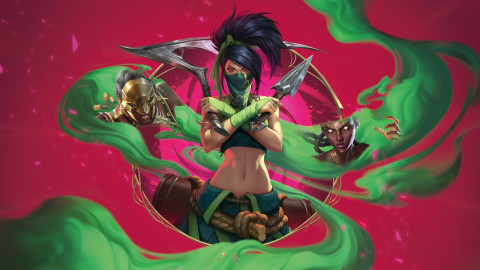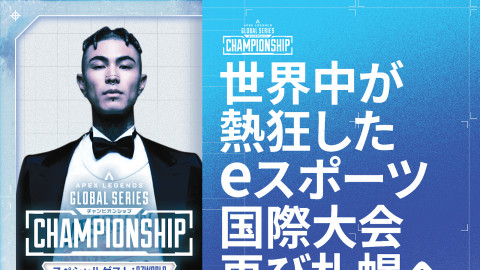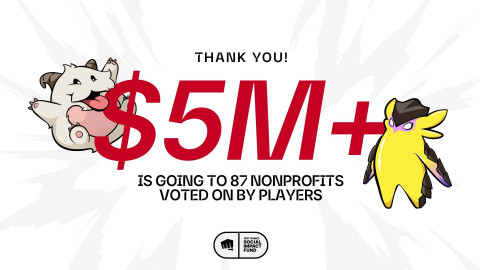
I remember the first time I played Hearthstone with my friends like it was yesterday. After they introduced me to the game and I got to know Constructed a bit by myself, it was time for me to learn about another mode: The Arena. We hopped into a Skype call, I shared my screen and after four merciless games my run ended with a 1-3 score. These days, I’ll give The Arena a shot when there have been changes to the mode, or when players receive a free ticket as part of a promotion. My interest in Hearthstone’s adaptation of the Draft format hasn’t grown a whole lot since I first played it, however.
My loss of interest in The Arena has one very simple reason: I’m drawn to competition. I want to see the best of the best face off against each other, maximizing their odds to secure a victory.
Hearthstone has seen Standard tournaments since its inception, and Wild is receiving more attention too. The Arena, despite existing from the get-go, has yet to obtain similar support. The only Arena tournaments that have been organized were small, invite-only tournaments organized by third parties: the Lord of the Arena tournaments, the last one of which was held in August 2015.
That is not to say competitive-minded Arena players haven’t been granted anything at all by Blizzard. Aside from the aforementioned improvements to the game mode itself, Arena Rankings are published each month, displaying which players had the highest average score across 15 consecutive runs. That’s about where it ends, though. Actually seeing Arena-players display their skill still requires one to tune into their personal stream, where said players face opponents with no name, opponents of whom the audience has no knowledge or perceived skill level.
A long-awaited opportunity for The Arena to make a large competitive step arises with the announced tournament mode in Hearthstone. Whether or not an entry fee should be paid for such a tournament is another discussion entirely. For now, let’s focus on what an Arena tournament should look like.

The power of picking
Creating a tournament for Arena players is a bit of a struggle without a tournament mode. This became clearly apparent through the aforementioned Lord of the Arena tournaments. Participants drafted a deck in Hearthstone’s Arena mode but then had to manually copy that deck in their own Collection Manager, all before a friendly challenge could finally initiate. As a result, all decks drafted adhered to Constructed’s deck-building limits, meaning no card could be drafted three times (or twice, when regarding legendaries).
Nevertheless, Lord of the Arena tournaments have offered a nice starting point from which we can start exploring the options that can be in the coming tournament mode. Players drafted two decks, each of a different class, and had to blind pick between them until 3 wins were secured. Essentially a Best of Five, but with a twist. Although blind pick should be disregarded and Last Hero Standing or Conquest will likely have to be adopted, the idea of players having complete freedom which class to choose comes closest to what Arena is in its core.
Yet there are some downsides to that idea too, and those can’t be overlooked. The randomly generated cards can create decks that differ quite a bit in power level, even if you make no mistakes (statistically) when drafting. A recently implemented change that offers cards based on their perceived power level, rather than their rarity, could steer the drafting phase in tournaments towards a more fair direction. If all players can be offered cards to craft a deck of the same perceived power level, everyone has an equal chance to create a deck that’ll navigate them to a win. All it takes is the players’ knowledge to pick up on the right cards. The argument that decks should have the same perceived power level is discussed more in-depth by Arena specialists ADWCTA and Merps in their Lightforge podcast.
Controlling RNG vs an Arena experience
A more rigorous measure sees each contestant being offered the exact same cards within a class at the start of a tournament. The players who choose Priest, for example, are offered the exact same three choices throughout the entire drafting phase. It eliminates the possibility of players complaining about unfair choices completely. On the flipside it does, in a way, also disregard The Arena’s core: calling upon a player’s adaptability.
Lastly, the available classes could be regulated. In the suggestions listed above, the class-picking can be resolved fairly easily, assuming you let players play more than one deck. Once you’ve picked a class, it won’t reappear. But what if you’re offered the three worst classes at your first pick, pick the best one, and in your next pick are offered the two worst classes again, but this time with the fourth worst deck? Meanwhile your opponent experiences the exact opposite, and is offered the three best classes. To eliminate this problem Arena tournaments could have the classes offered fixed. Say for example you’re playing in a Best of Five format without a ban, every player’s pick order could be:
- Pick 1: Rogue, Paladin, Shaman
- Pick 2: Hunter, Priest, Warrior
- Pick 3: Druid, Warlock, Mage
This measure has the same two sides to it as the card-pick regulation. On the one hand it makes the playing ground more even for all participants in a tournament, but on the other hand goes against the very foundation of The Arena.

Finding the format
After Standard and Wild, Hearthstone has not at all finished expanding on its competitive modes. As a comparison: Magic: The Gathering’s website lists 17 different formats, of which five are specifically for the online version of the game. In Hearthstone, expanding The Arena to tournaments seems like a logical step.
Needless to say, a lot of experimentation needs to be done before the right implementation is found. The core question that needs to be answered: How equal should each players’ chances be? Perhaps leaving the deck-building as it is should be the go-to, and only the fact that classes cannot be re-picked is sufficient for a stable competitive environment. Perhaps some regulation is required, ranging from power level regulation to class and even card-pick regulation. These are all choices that have to be made carefully. If Team 5 doesn’t want to make that decision, they can always leave it up to tournament organizers.
Ending the month with a list of players, ranking their highest average in a 1-deck format is nice, but currently remains a trivial feature. Arena players need to be able to challenge each other directly to find out who is the best, fight head to head for prestige. And while it may take some time to figure out the right tournament format, the implementation should be inevitable.
-

Storyteller by heart. If something is competitive, I am interested in it.
Sort by:
Comments :0





